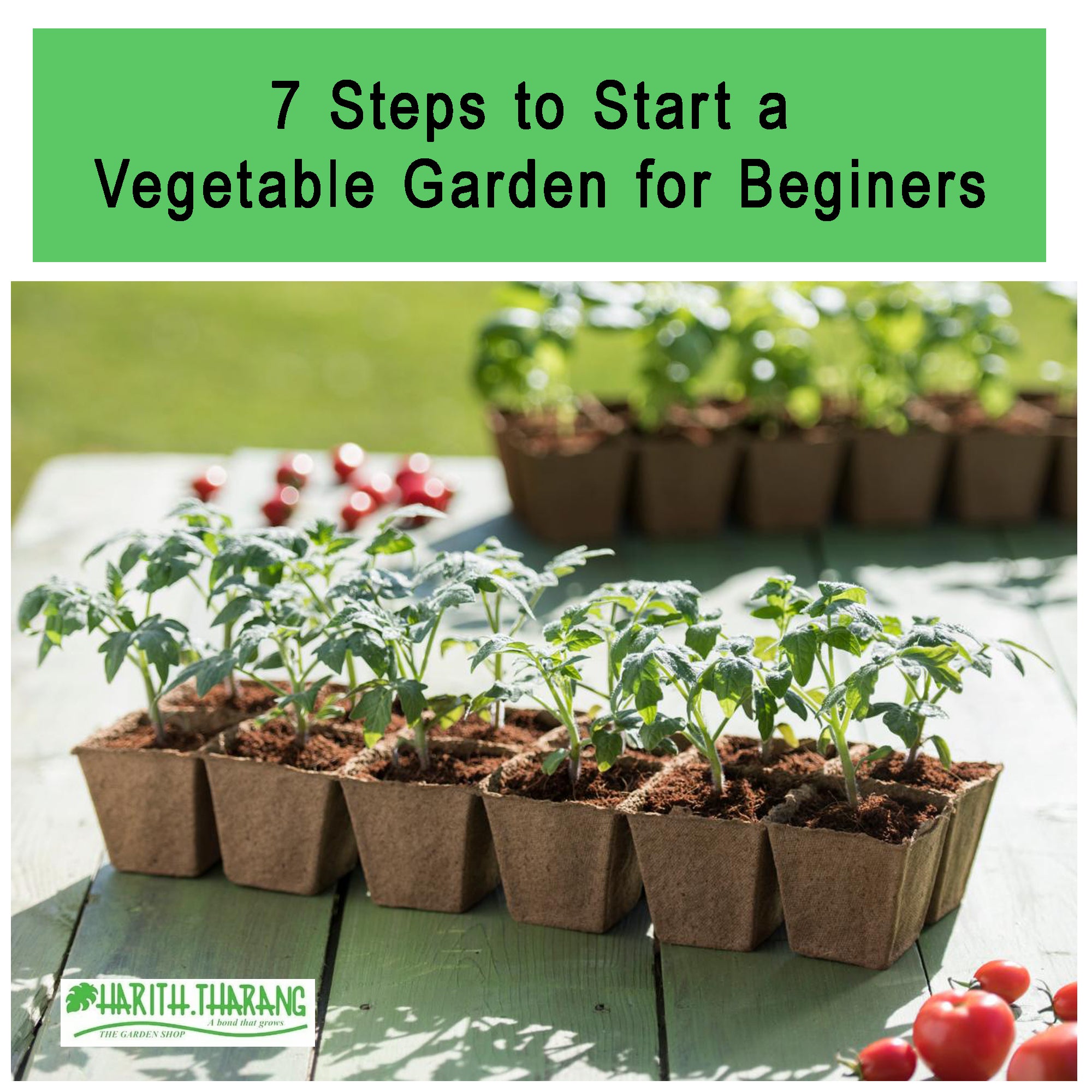
Article Detail
12 May
#1 – DECIDE WHAT YOU’D LIKE TO GROW IN YOUR HOME GARDEN
Rule #1 – If you won’t eat a crop, don’t grow it in your vegetable garden. Focus on the fruits, vegetables or herbs that your family enjoys the most. Make sure your top choices make sense for your area. Figure out your gardening zone and estimated first and last frost dates. If possible, talk to successful gardeners in your area to find out which crops grow well and which don’t.
#2 – CHOOSE A LOCATION TO START YOUR GARDEN
Most fruits and vegetables need full sun, with a minimum of five hours of direct sunlight per day for fruiting. Greens, herbs and root veggies will grow in partial shade. Southern gardens may benefit from late afternoon shade, whereas northern gardens likely need all the sun they can get. Watch out for pet damage and children’s reach.
#3 – PLAN YOUR GARDEN BEDS
Once you know where you want your garden, decide on the type and size of garden beds. While some of you might have a back yard garden, or a terrace most others are restricted to gardening in pots. So incase you are planting in pots and grow bags make sure to invest time in finding the right size of pots that your plants will need.
#4 – BUILD YOUR SOIL
Most plants prefer a deep, well-drained, fertile soil rich in organic matter. Plant roots need good garden soil to produce good vegetables and fruit. The ideal ready to use potting soil is available at our store now. Call 9600120351 to get details.
Once you start a garden, you’ll gain a new appreciation for healthy soil as it improves year after year. Healthy, vibrant soil = healthy, vibrant plants with built in disease and pest resistance and more nutrition.
#5 – CHOOSE THE RIGHT SEEDS OR TRANSPLANTS
To learn which plants grow best directly seeded in the garden and which plants are better as transplants, call our customer care service- 9600120351. If you want to grow specific varieties, especially heirloom varieties, you'll probably need to grow your own transplants from seed. Starting your own transplants is a great way to save money, too. Read our previous blog here https://hariththarang.com/blogs/news/how-to-transplant-seedlings on how to transplant vegetable saplings.
#6 – PLANT WITH CARE
Most seed packets and transplant containers come with basic planting instructions. Once you've done the ground work (literally), you just need to jump in and plant. Just give it a try and you can learn the rest as you go.
Rules of thumb for planting in your garden:
- Plant seeds roughly 3 times as deep as the diameter of the seed, unless otherwise directed on the package. Some seeds require light for germination.
- For transplants – most transplants are planted at the same depth they were growing in the pot. The exception is tomatoes, which can be planted deeper or trenched in.
- Wait until danger of winter is past to plant heat loving plants such as tomatoes, peppers, cucumbers, okra, etc.
- Young plants are easier to damage than older plants, so they may need protection or hardening off when they are planted outside.
#7 – NURTURE YOUR GARDEN
There's an old saying that says, “The best fertilizer is the gardener's shadow.” If you're not prepared to make time in your schedule to tend to your plants, you may be better off hitting the farmer's market, or sticking with extremely low maintenance items like sprouts or herbs.
A rule of thumb for watering is that plants need around one inch of water per week during the growing season. If rains fail, you'll need to water your garden. Over watering is as bad as under watering, so always check the soil before turning on a tap or hitting the rain barrels.
As crops mature, make sure to harvest promptly for best quality. Leafy greens like lettuce are typically “cut and come again”, which means you can clip off the leaves and they will re-grow for another harvest. Pick beans and peas every two to three days. Harvest sweet corn when cobs are well filled out and silk is dark. Harvest tomatoes and peppers green, or allow them to ripen to full sweetness and flavor. One of the reasons I love gardening is because if things don't work out right the first time, there's always next year. There are dozens of different ways to do just about everything, but you won't know what works best for you and your garden until you try. If a plant/crop does poorly the first time you plant it, try again. I usually try a crop for at least three years before I give up on it, because different varieties grow best under different conditions. Gardening is also good for your health. It can fight depression, reduce stress and improve your diet


